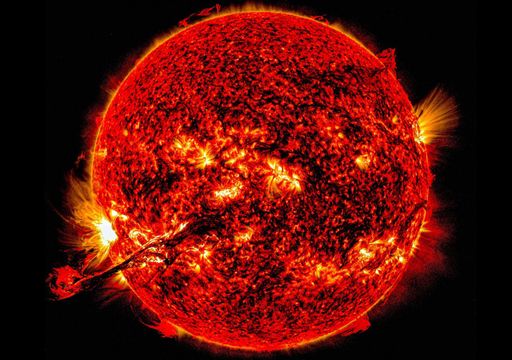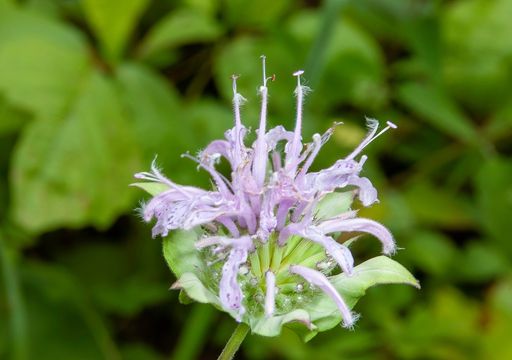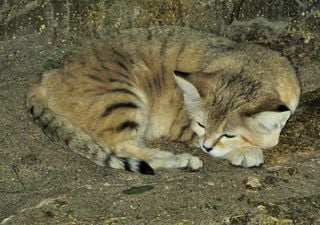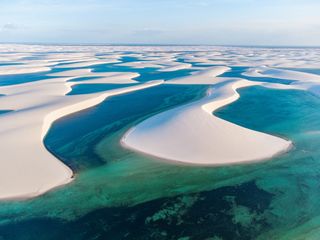The mysterious and rare sand sculptures in Morocco's Erg Chebbi
An astronaut aboard the International Space Station, ISS, took this photograph while orbiting over North Africa and observed some rare structures known in Morocco.
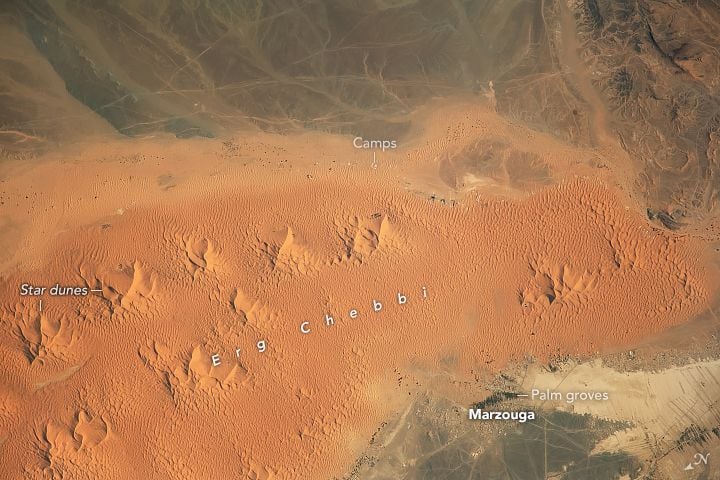
The image shows a dune field known as Erg Chebbi, located in southeastern Morocco, near the border with Algeria and northeast of the Little Atlas mountain range. This erg, a large sandy area covered with dunes, is located in the northwestern region of the Sahara Desert. The Sahara desert spans nearly 3000 miles and covers that vast majority of North Africa.
Dunes and strange shapes
Dunes form when the wind carries and deposits fine sand, forming mounds of sediment. The dunes in this photo show multiple smooth sides, known as slip faces, where sand has cascaded from the top. The windward side, located on the opposite side to the slip face, is where the wind blows material upward. The dune continues to grow vertically as long as sediment is available and the wind is strong enough to carry it upward.
Dunes are sculpted by the winds. The particular kind of dunes with multi-directional ridges are known as star dunes, also known as pyramid dunes which can be found in the infamous Sahara Desert of Africa.
The large dunes across the centre of the image, characterised by sharp multi-directional ridges, are star dunes. These are also known as pyramid dunes and are a distinctive feature of the Sahara. The town of Marzouga and nearby communities appear at the bottom right of the image. A large natural aquifer supports palm groves and crops in this arid region. Agricultural fields are the elongated lines visible in the bottom right corner of the image.
Tourism and income
Tourism provides an additional source of income for communities due to its proximity to the Erg Chebbi dunes. Road lines, created primarily by off-road vehicles, are visible at the top of the image (at the top of this article). Tent camps are located on the eastern side of the dune field, visible from space as small clusters of light-coloured rectangular shapes. These camps are primarily used by tourists, although some of them could represent settlements of the indigenous Amazigh (Berber) people.
The astronaut photograph ISS070-E-105480 was acquired on December 21, 2023, with a Nikon D5 digital camera and a focal length of 1200 millimetres provided by NASA. The caption is by Wilfredo García López/Jacobs-JETS II Contract at NASA-JSC.


